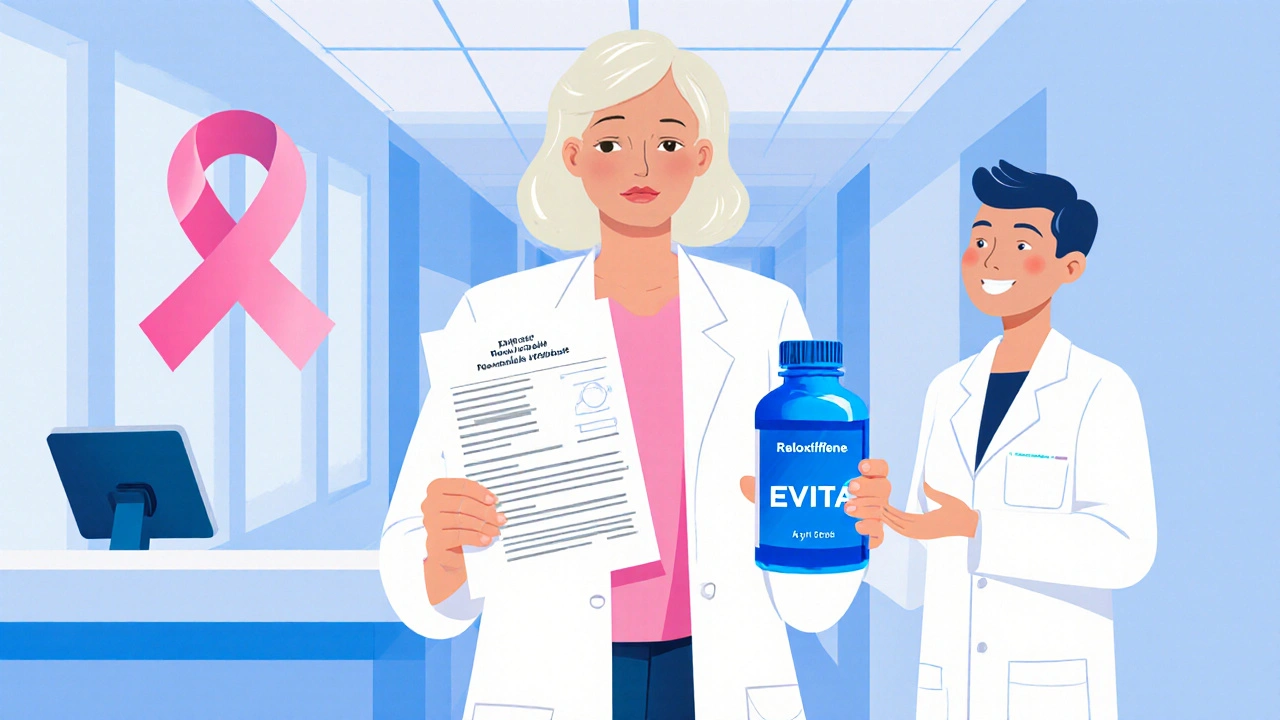Breast Cancer Prevention
When talking about Breast Cancer Prevention, the set of actions aimed at lowering a person’s chance of developing breast cancer. Also known as risk reduction for breast cancer, it involves everything from daily habits to medical interventions. One medical tool often mentioned is Tamoxifen, a selective estrogen receptor modulator used as a chemopreventive drug. Regular imaging with Mammography, an X‑ray based screening test that detects early breast changes forms the backbone of early detection. For those with a hereditary risk, BRCA Gene Testing, a genetic analysis that identifies high‑risk mutations in the BRCA1 or BRCA2 genes can guide personalized prevention plans. Together these pieces create a network where lifestyle, screening, and medication intersect to keep risk low.
First, let’s look at the everyday choices that shape risk. Studies show that maintaining a healthy weight, limiting alcohol, and staying physically active can cut the odds by up to 20 %. Simple moves—like a brisk 30‑minute walk most days—lower estrogen levels and improve immune function. Diet matters too; foods rich in fiber, such as whole grains and legumes, help balance hormones, while leafy greens supply antioxidants that protect cells from damage. If you’re curious about what to eat, focus on berries, broccoli, and nuts; they pack vitamins and phytochemicals that research links to lower breast cancer rates. These habit‑based steps are the foundation of any prevention plan and require no prescription.
Key Approaches to Reduce Risk
Screening is the next pillar. breast cancer prevention isn’t complete without regular mammograms, which catch tumors before they can grow or spread. Guidelines suggest women with average risk start annual or biennial mammograms around age 40, while those with higher risk—identified by family history or BRCA results—may begin earlier and add MRI scans. The goal is early detection, because finding a tumor at stage 0 or 1 dramatically improves treatment outcomes. When you schedule your next exam, ask your provider about the appropriate interval based on your age, personal history, and any genetic findings.
For people carrying a high‑risk mutation, chemoprevention adds another layer. Tamoxifen, mentioned earlier, has been shown in large trials to reduce invasive breast cancer by about half in women at increased risk. It works by blocking estrogen receptors in breast tissue, which slows or stops the growth of hormone‑driven cells. Side effects like hot flashes or a small increase in clot risk mean you should discuss the benefits and drawbacks with a doctor who understands your family and personal health profile. There are also newer agents like aromatase inhibitors that some clinicians prefer for post‑menopausal women.
Finally, remember that prevention is a dynamic process. As new research emerges—whether it’s a fresh study on coffee intake, a novel imaging technology, or an updated guideline on genetic counseling—you’ll want to revisit your plan. The articles below dive deeper into each of these topics, offering detailed comparisons, safety tips, and real‑world advice. Browse through to find the pieces that match your situation, and use them to fine‑tune your own prevention strategy.
Evista (Raloxifene) vs Other Bone‑Health and Breast‑Cancer Drugs: A Detailed Comparison
A thorough, easy‑to‑read guide comparing Evista (Raloxifene) with top alternatives for osteoporosis and breast‑cancer risk, complete with tables, pros‑cons, and FAQs.
Read more
